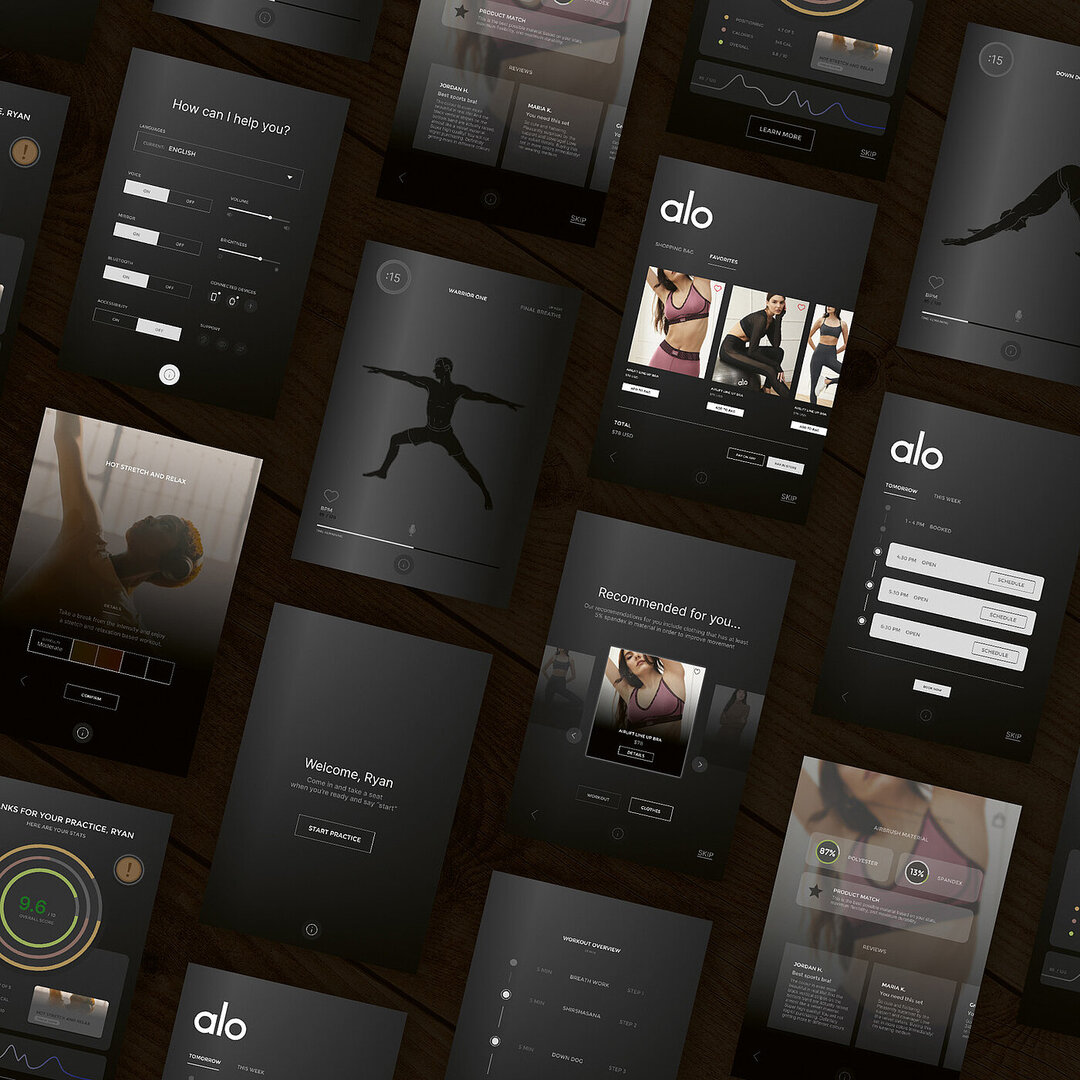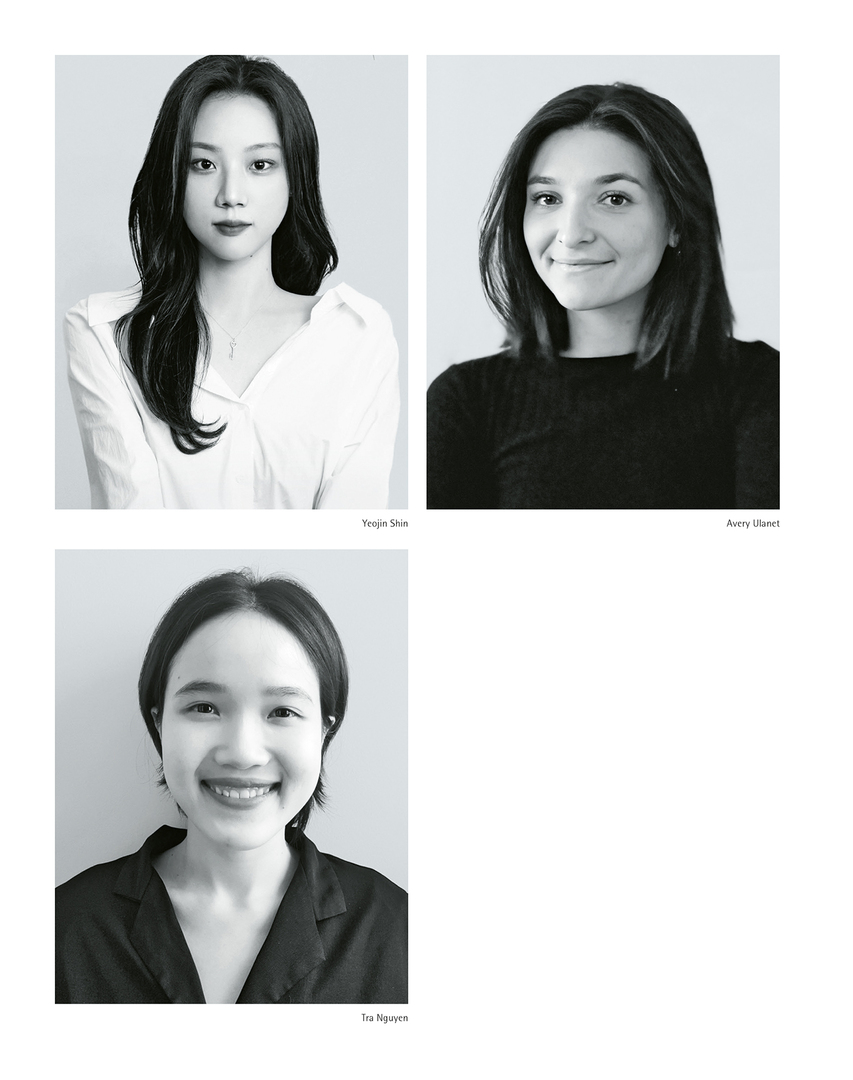![[Translate to English:] [Translate to English:]](/fileadmin/_processed_/a/d/csm_12-DP05373-2023BC_7a7970e546.png)
This award-winning project – a smart one-person yoga studio – was developed by students at the Savannah College of Art and Design (SCAD) under the guidance of Professor McLean Donnelly, an expert in user experience design. The aim was to create user-friendly interfaces that reflect the needs, preferences and standards of modern-day yoga practitioners.
Interview with SCAD Savannah College of Art and Design
Red Dot: Alo Rooms are intended for individual yoga practice – as opposed to group sessions in a yoga studio. Do you think this kind of isolation is a post-pandemic trend?
SCAD Savannah College of Art and Design: Many of our own activities in 2020 were confined to our private spaces. Isolation wasn’t desirable, but necessary. So we wanted to create a yoga space for everyone who is still concerned; a space that makes them feel comfortable and contributes to a healthy lifestyle. Once it’s been launched, we believe that many people will not only be interested in the one-person yoga studio, but also prefer it.
How much do you as a designer have to immerse yourself in technology?
Designing a functioning smart yoga system requires an understanding of the specific needs of practitioners and of how technology can enhance their user experience. Although, as designers, we are not directly responsible for the aspect of technological development, a deep understanding of the technology is essential. We need to be familiar with the latest advances in smart technology, sensors, IoT devices, machine learning algorithms and data processing.
What were the biggest challenges?
The main challenge was to create an intuitive and user-friendly interface for both beginners and advanced yoga practitioners. We initially found it difficult to test and evaluate the project because it was so innovative. In fact, it was the first of its kind.
Your target group aspires to mindfulness. How do the Alo Rooms reflect that?
Our whole approach to designing the product was guided by the idea of mindfulness, but also by human factors such as sensory perception. We looked at how individuals connect and understand things, both cognitively and emotionally. Considering that mindfulness means different things to different people, we wanted to provide users with a variety of settings so they can adapt the space to suit their needs.
Alo Rooms is a student project. What do you think are the most important topics in design education right now?
We consider digital ethics to be particularly important right now, and we believe their influence will endure in the future. Digital ethics are gaining significant ground in the design process because consumers want to feel safe when they use products and trust the brands they use. Digital ethics will constantly change and adapt to both new technologies and people’s understanding, especially with the emergence of AI and new forms of technology.


